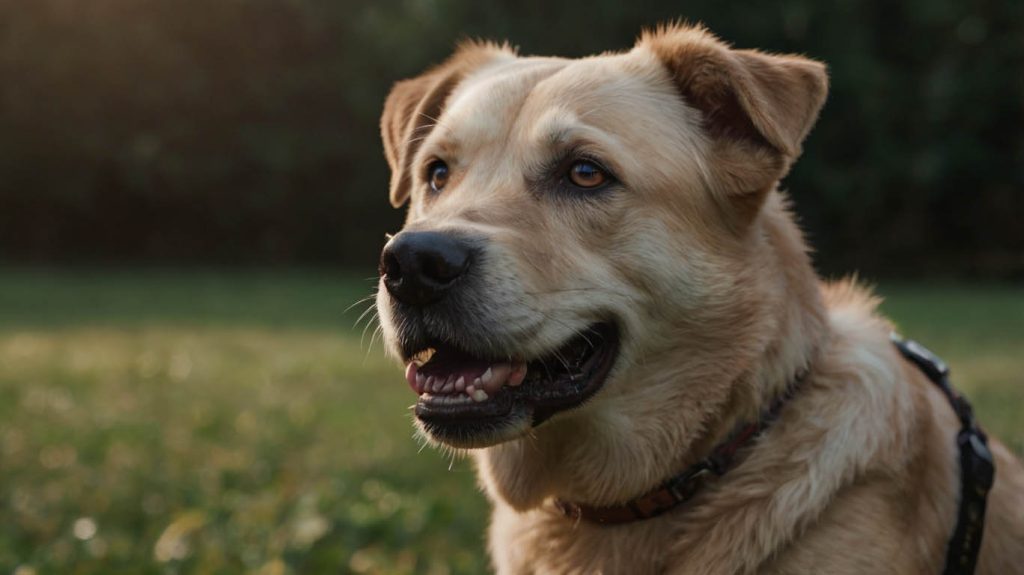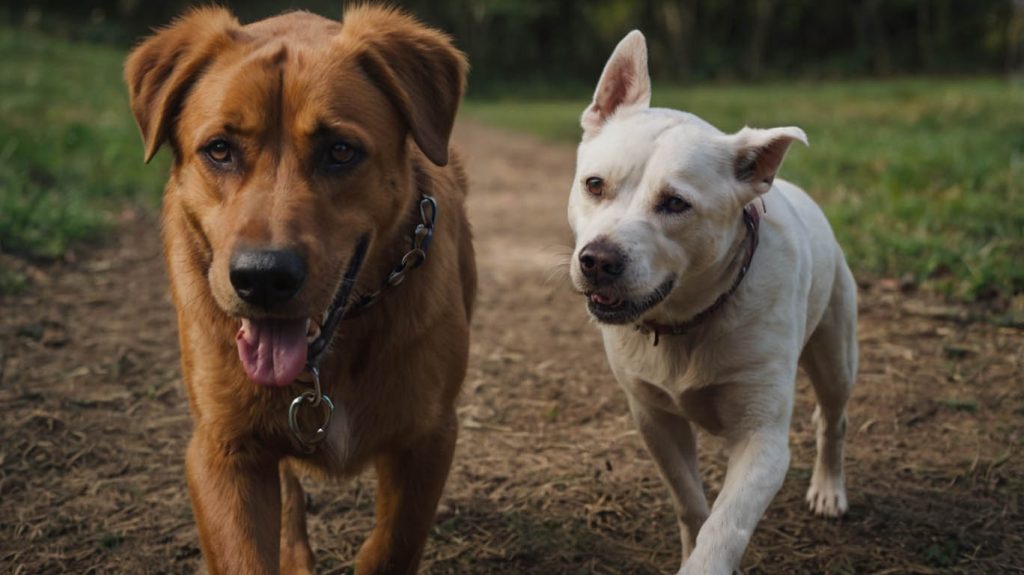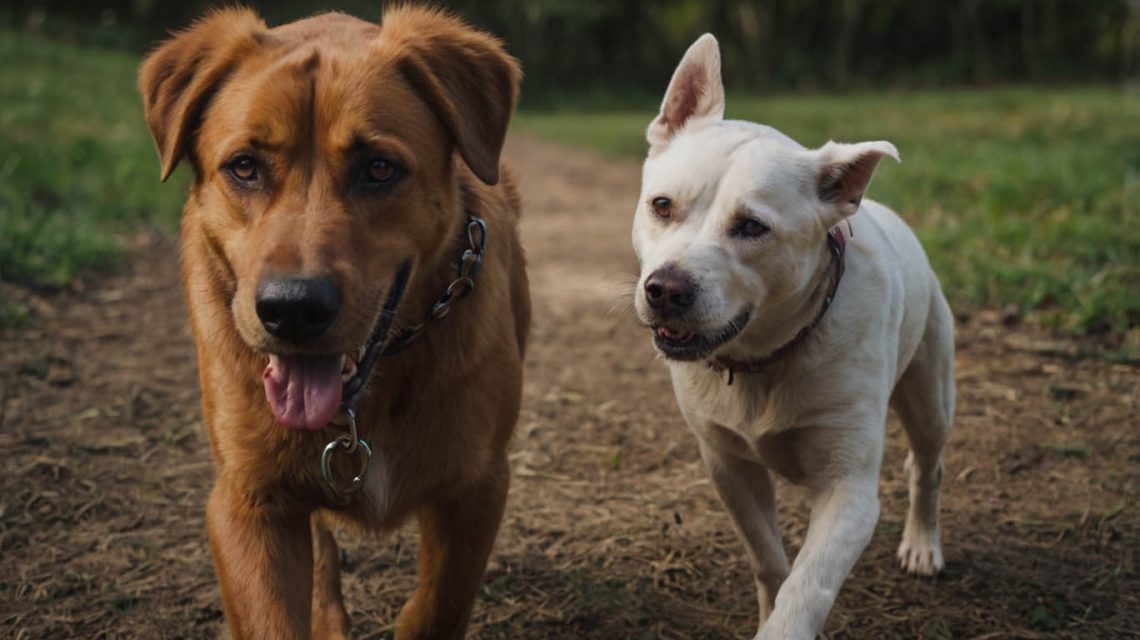The park is alive with the joyful sounds of dogs playing, but your arm is aching. Your dog, Buster, has his nose glued to the ground, completely deaf to your increasingly desperate calls of “Come!” Each tug on the leash feels like a tiny defeat. You love him dearly, but in these moments, you feel like you’re locked in a battle you can’t win. This feeling of frustration is the central challenge in dog training for stubborn dogs, and it’s a journey many dedicated owners know all too well.
However, the path forward isn’t about finding a way to “out-stubborn” your dog. Instead, it’s about learning to speak their language. This guide will transform your approach, moving you from a place of conflict to one of connection. We will deconstruct the “stubborn” label and provide you with a clear, positive, and incredibly effective roadmap to a well-behaved and happy companion.
Understanding the “Stubborn” Label in Dog Training
First and foremost, we must shift our perspective. Dogs do not act out of spite or a desire to defy you. The behaviors we label as stubborn are almost always symptoms of a deeper issue—a breakdown in communication, motivation, or understanding. Effective dog training for stubborn dogs begins not with correction, but with compassion and curiosity.

Why Your Dog Isn’t Truly Defiant
When your dog fails to comply, they are sending you a message. It’s your job to decipher it. For instance, they might be:
- Confused: Your cue might be unclear, or you may have used it inconsistently in the past. A distracting environment can also make it impossible for them to focus on your request.
- Unmotivated: The “payment” you’re offering isn’t worth the “work.” A piece of kibble is a poor trade for the thrill of chasing a squirrel. Your reward must outweigh the distraction.
- Fearful or Anxious: Refusal to do something, like get into a car or walk past a loud truck, is often rooted in fear, not obstinance. Forcing the issue will only deepen this anxiety.
- In Physical Pain: An underlying medical condition, like arthritis or an injury, could make actions like “sit” or “down” painful. Consequently, a vet check-up is always a wise first step.
- Acting on Instinct: A Terrier digging in the yard or a Hound following a scent is not being “bad”; they are fulfilling a deep-seated genetic purpose. Successful dog training for stubborn dogs involves working with these instincts, not against them.
The Role of Intelligence in Dog Training for Stubborn Dogs
Furthermore, it’s a common paradox that highly intelligent dogs are frequently the ones labeled “stubborn.” A smart dog masters commands quickly but also becomes bored with endless, repetitive drills. They may start offering other behaviors or ignoring you altogether because they are mentally under-stimulated. Your training must therefore be dynamic and engaging enough to challenge their clever minds.
The Foundation: Your Mindset for Dog Training for Stubborn Dogs
Before you can implement specific techniques, you must build your training on a solid philosophical foundation. These two principles are non-negotiable for creating a trusting and cooperative relationship with your dog.
Embracing Positive Reinforcement
The most powerful tool in modern dog training is positive reinforcement. This science-backed approach focuses on rewarding the behaviors you want to see, which makes your dog choose to repeat them. In contrast, aversive methods (yelling, leash jerks, shock collars) are especially destructive. They create fear, break trust, and can increase aggression, effectively shutting down your dog’s ability to learn. The best dog training for stubborn dogs focuses on building them up, not tearing them down.
The Power of Consistency in Your Training
Imagine if the rules at your job changed every day. You’d quickly become confused and unmotivated. Dogs need clear, predictable rules to feel secure and understand what is expected of them. Consistency is the language of clarity. This means every single person in the household must use the same rules and commands. If Dad lets the dog on the couch but Mom doesn’t, the dog isn’t being stubborn—it’s being confused. Therefore, household-wide agreement is essential for progress.

Essential Techniques for Dog Training for Stubborn Dogs
With a positive and consistent mindset established, it’s time to put theory into practice. These are the actionable techniques that will form the core of your daily training sessions and lead to real, observable results.
Finding High-Value Rewards Your Dog Can’t Resist
Motivation is everything. The key to successful dog training for stubborn dogs is to find a reward so valuable that your dog will gladly choose it over any competing distraction. You need to become a “slot machine” of amazing things.
- Low-Value Rewards: Standard kibble or dry biscuits. Use these for reinforcing known cues in quiet environments.
- Medium-Value Rewards: Commercial training treats. Good for everyday practice.
- High-Value Rewards (The Jackpot): These are the game-changers. Reserve them for the most difficult commands, like recall. They should be soft, smelly, and delicious. Think tiny pieces of boiled chicken, freeze-dried liver, small cubes of cheese, or even a lick of peanut butter from a tube. Discover your dog’s absolute favorite.
Structuring Short, Engaging Training Sessions
A dog’s attention span is finite. Long, grueling sessions lead to burnout for both you and your dog. The better approach is to conduct multiple, brief, and fun training “games” throughout the day.
Keep sessions to 5-10 minutes max. Crucially, always end on a high note with a success. Ask for a simple “sit” or “touch” that you know your dog can do, then reward lavishly and end the game. This builds confidence and makes your dog eager for the next session.
Setting Up the Environment for Success
Don’t ask your dog to perform a new, difficult skill in an environment overflowing with distractions. You must set them up to win.
Start by teaching a new command in the quietest room of your house. Once the behavior is reliable there, you can gradually “proof” it by adding distractions. Move to the backyard. Then, practice on a quiet sidewalk. Eventually, you can work your way up to a busy park. This methodical approach builds a strong foundation of success.
Advanced Strategies for Dog Training for Stubborn Dogs
Once you have the basics down, you can apply the same positive principles to tackle the most common and frustrating behavioral challenges. The goal is always the same: make the right choice the most rewarding choice.
Overcoming Common Hurdles: Recall and Leash Pulling
These two issues are often at the top of an owner’s list.
- For Leash Pulling: The instant the leash tightens, stop moving. Become a tree. The reward (moving forward) has vanished. The very second your dog creates slack in the leash—even accidentally—mark the moment with an enthusiastic “Yes!” and immediately start walking again. Your dog will quickly learn that a loose leash turns the walk “on” and a tight leash turns it “off.”
- For Recall (“Come”): You must make “come” the best word in the world. Never use it to call your dog for something unpleasant (like a bath or to be put in their crate). Practice in a safe, enclosed area. Use an excited, happy tone and when they come to you, throw a party! Give them a jackpot of high-value treats, praise, and play. You have to be more exciting than any other distraction.
Using Tools Like a Clicker for Precision
A clicker is an excellent tool in dog training for stubborn dogs because it offers perfect clarity. The “click” is a unique sound that marks the precise instant your dog performs the correct action. It’s faster and more accurate than saying “good boy.” The click becomes a powerful promise: “That exact thing you just did earned you a reward.” This precision can speed up learning dramatically.
What to Do When Dog Training for Stubborn Dogs Feels Impossible
Every training journey has its peaks and valleys. There will be days of amazing progress and days of frustrating regression. This is normal. Your ability to navigate these moments with grace will determine your ultimate success.
The Critical Role of Patience and Realistic Goals
You are changing long-standing habits. This takes time. Celebrate the small wins—a single polite step on the leash, a quicker response to “sit.” Don’t let a bad session derail your entire effort. If you feel frustration mounting, it’s better to end the session with a simple success and try again later. Your emotional state directly impacts your dog’s ability to learn.
Knowing When to Seek Professional Dog Training Help
Engaging a professional is not a sign of failure; it is a sign of responsible and dedicated ownership. If you are dealing with complex issues like aggression, severe separation anxiety, or resource guarding, or if you simply feel you’ve hit a wall, it’s time to call an expert. A certified professional dog trainer or veterinary behaviorist can provide a customized plan and the expert support needed to ensure you and your dog can succeed safely.
Your New Beginning: A Partnership Built on Trust
Think back to Buster, pulling on the leash, seemingly ignoring his owner. By changing the approach from one of conflict to one of motivation, the entire picture changes. The leash pulling stops because walking politely is more rewarding. The recall becomes reliable because coming back to his owner is the best thing that can happen.
Ultimately, dog training for stubborn dogs is a journey that teaches you as much as it teaches your pet. It requires you to become a clearer communicator, a more patient teacher, and a more observant partner. The reward is not merely an obedient dog, but a deep and unbreakable bond built on a foundation of mutual trust and joy.


